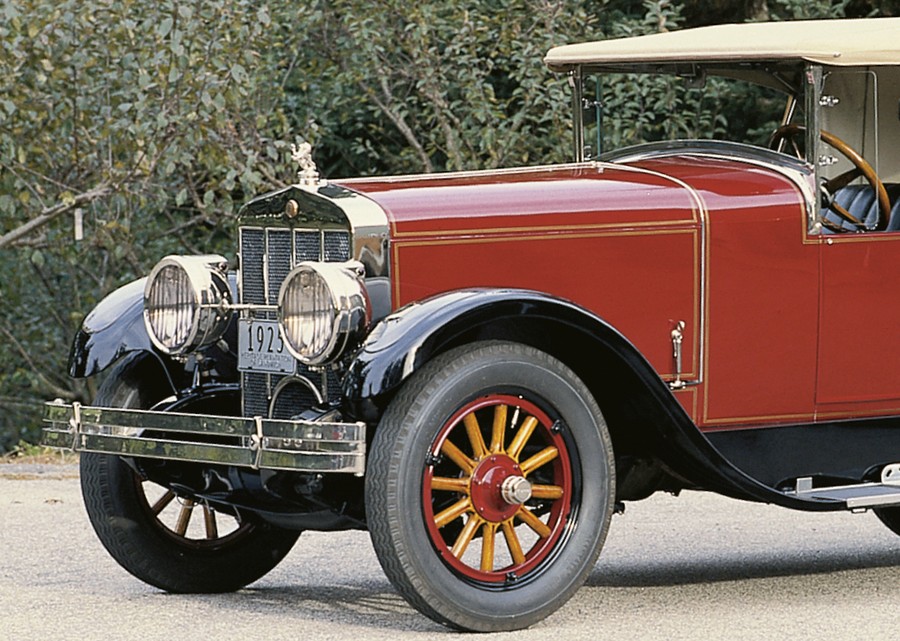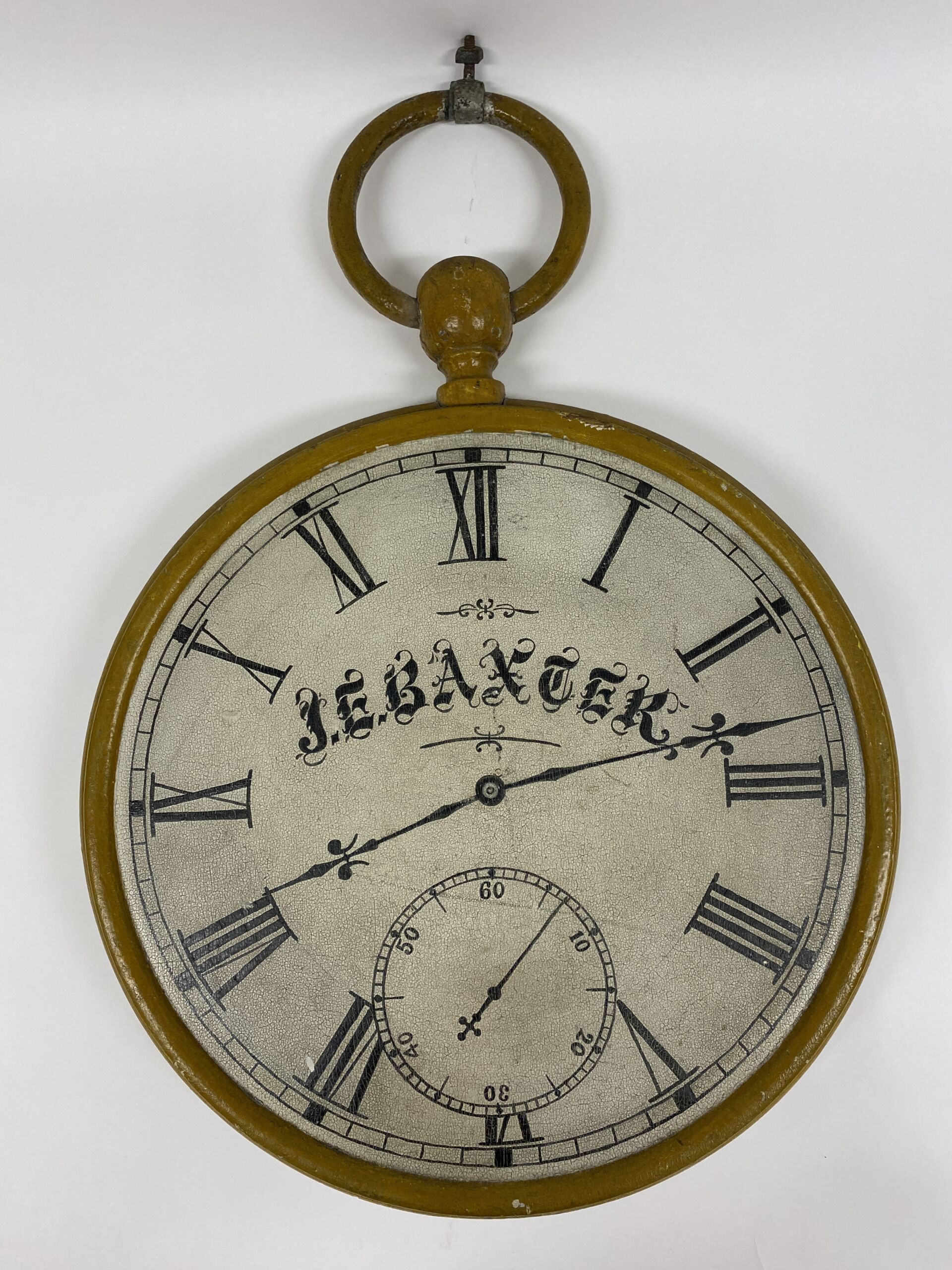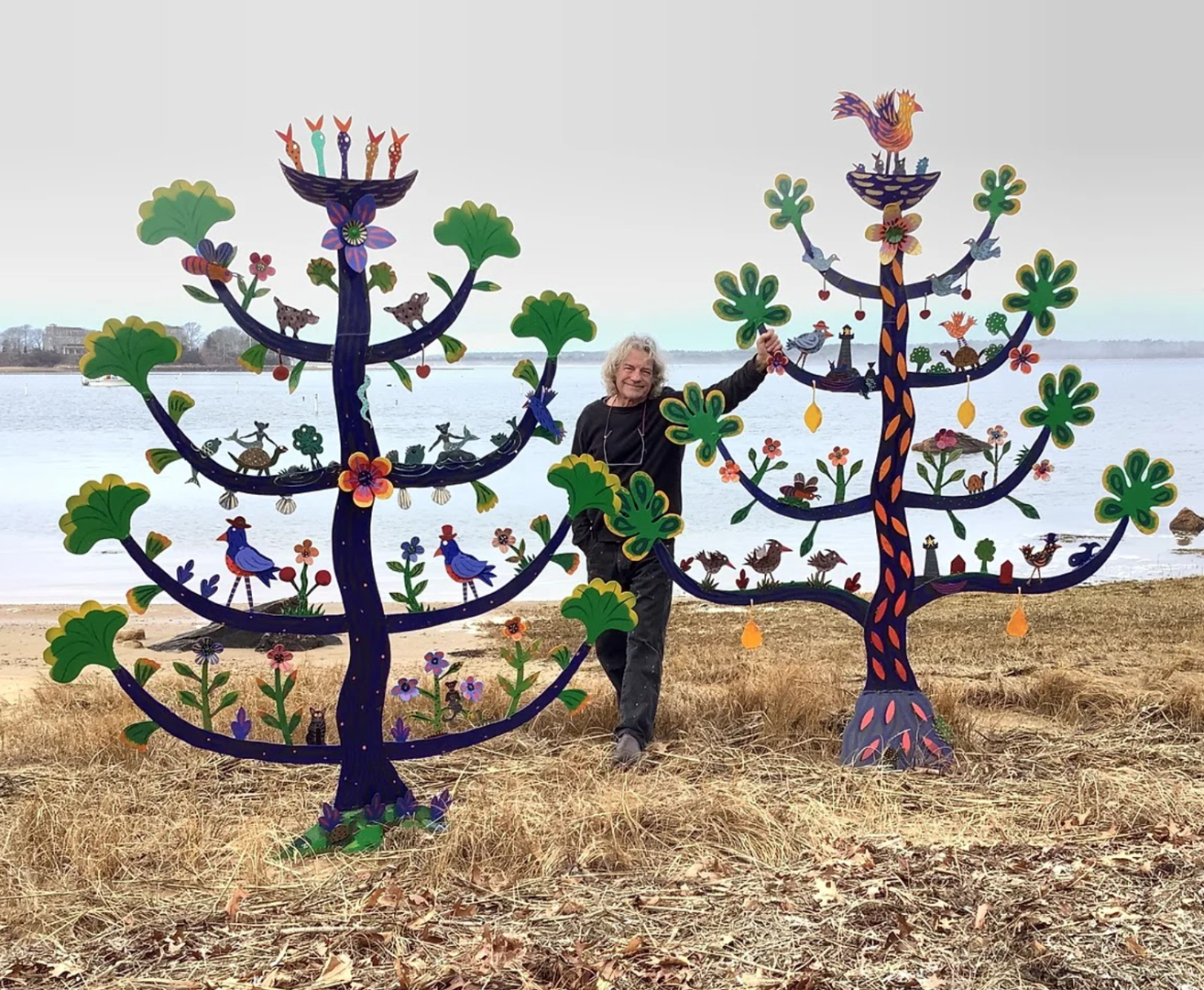Exhibit Spotlight: Paper Dolls
Amanda Wastrom, Assistant Curator
How do we decide which games and toys end up on exhibit? It’s hard! While the Let’s Play! New England Toy Stories exhibit features many well-known, classic games and toys (like Monopoly or Mr. Potato Head), we also highlighted the toymakers who were working on a much smaller scale. Some of the best toy and game makers, of course, are kids themselves, who are always dreaming up new ways to play. It is an extra bonus when we get to share something from the museum’s permanent collection that has never been on exhibit before.
This is the case for one of my favorite pieces in the exhibition, a set of handmade (and homemade!) paper dolls, on exhibit for the first time. This elaborate set of paper dolls was made over a series of summer vacations, between 1910-1912, by two boys between the ages of ten and twelve. One was Ellis W. Bird, and the other was a friend who was physically unable to play outdoors with other children. Unfortunately, other than the fact that they lived in Boston, we do not know any additional details about the boys or why they embarked on this project.
While we may not know much about the makers, we do have a fascinating collection of 450 (!!!) incredibly detailed pieces that depict characters, animals, supplies, and weapons that seem to fit into an imaginary Western town. But there are also characters that don’t seem to fit—like a Napoleon figure and a woman inspired by the popular “Gibson Girl.” For me, as a viewer, it is tantalizing to think that there is a story here—and probably also a sophisticated set of rules—that I will never know. Using only paper and pencil, the boys pulled out all the stops in drawing and designing them. The saddles were removable and designed to fit the horses, and the people in the saddles; rifles and knives were removable from their holsters and sheaves. The boys also seemed to use any waste paper that came to hand including advertisements, receipts and discarded books.
Although these paper dolls were donated to the museum in 1984, this is the first time (that we are aware of) that they’ve been on display. They were originally donated by Ellis Bird’s daughter. While I never had a chance to meet her, I’d like to think she would be happy knowing that visitors to Heritage today can delight in seeing her father’s boyhood creativity at work.
Sometimes, when I haven’t seen these pieces for a while, I doubt myself and think “were they really that cool?” They are easily overlooked—they’re not flashy or colorful or large in scale—and they’re just pencil on cutout paper. But then, when I take them out of storage and have a chance to look at them in person again, I say to myself (every time), “YES! They really are THAT cool!” If you haven’t had a chance to see them in person yet, make sure to seek them out in the Let’s Play! exhibition which continues through the end of the 2021 season on October 17th.


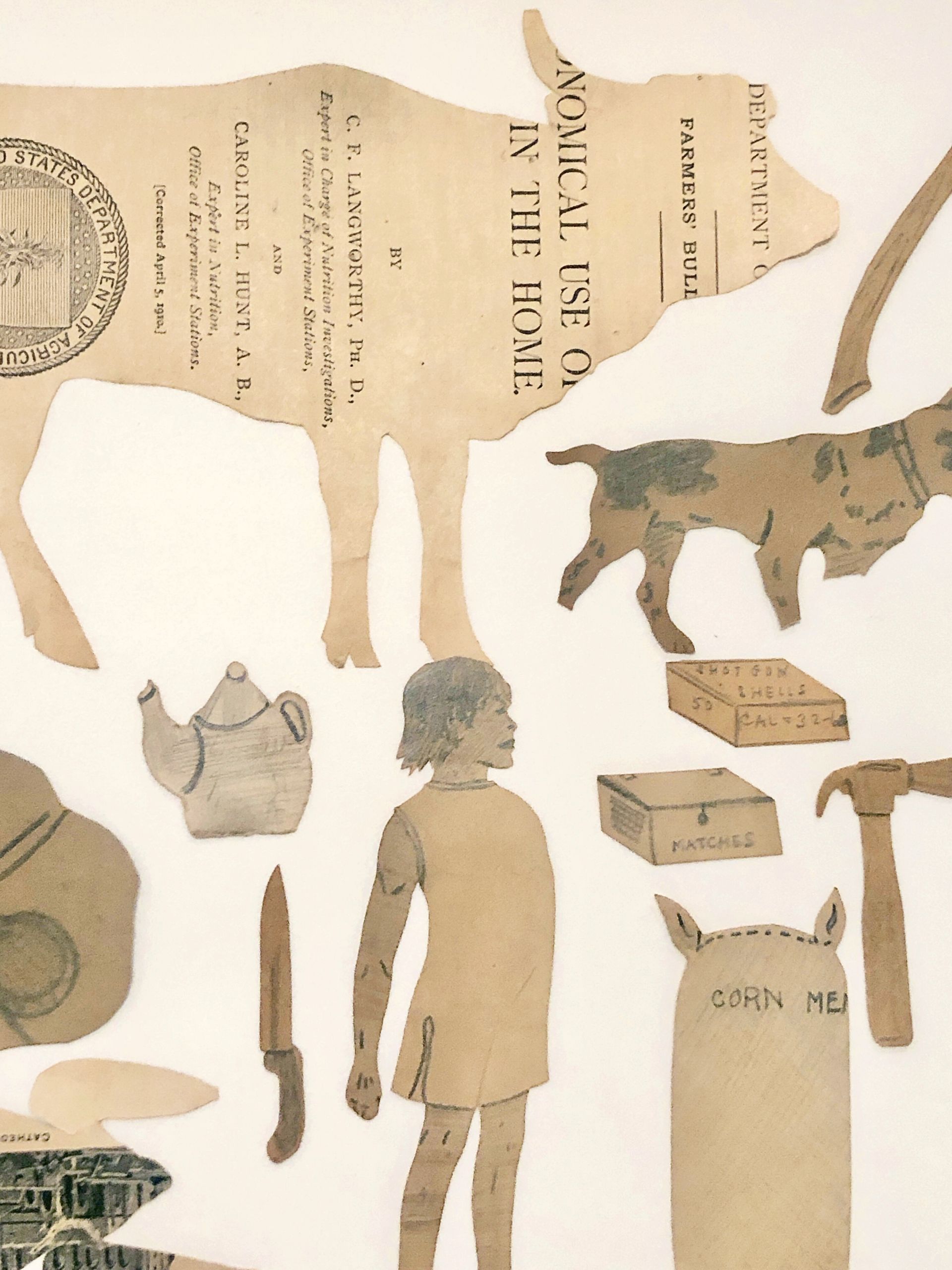
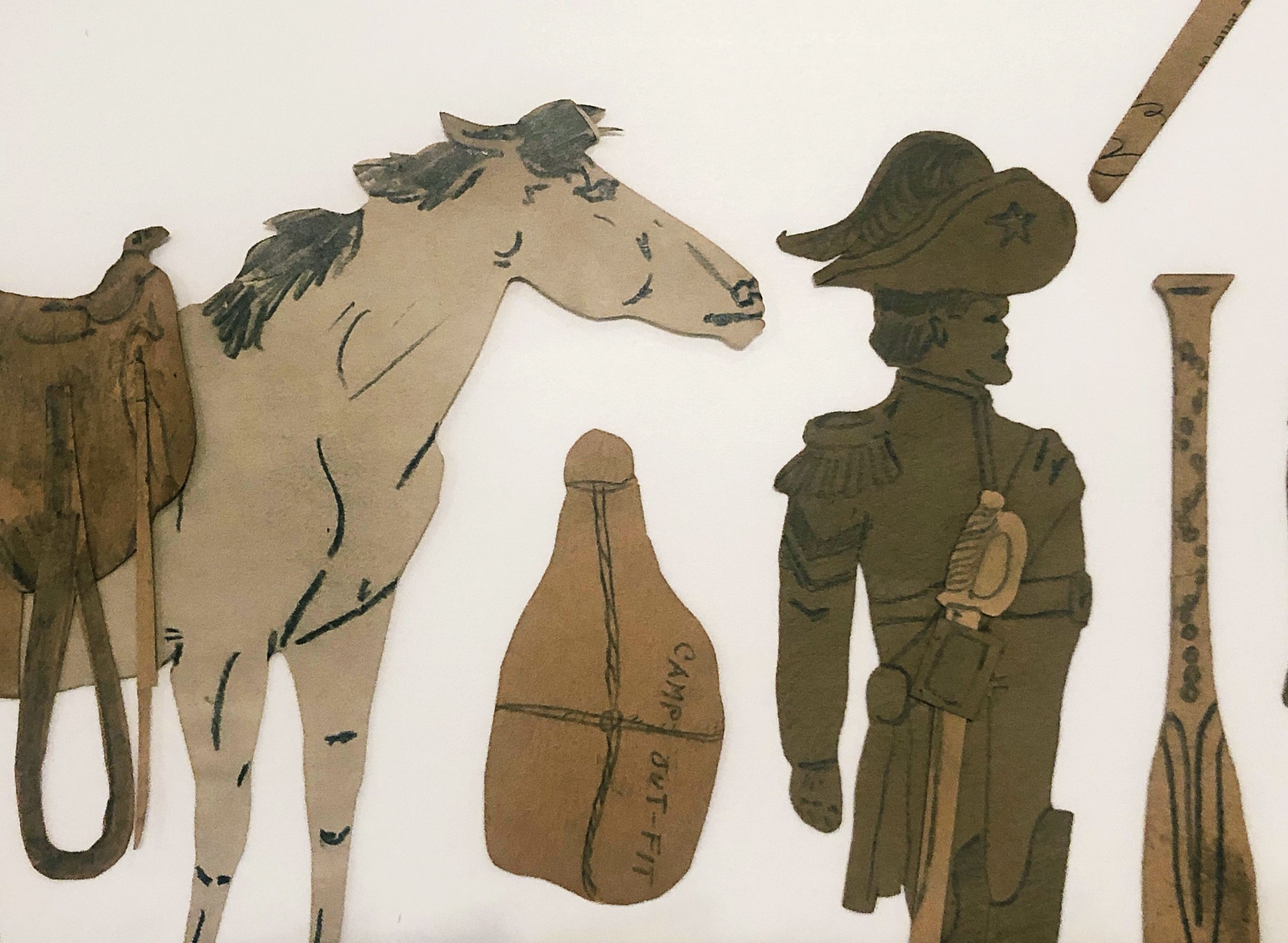
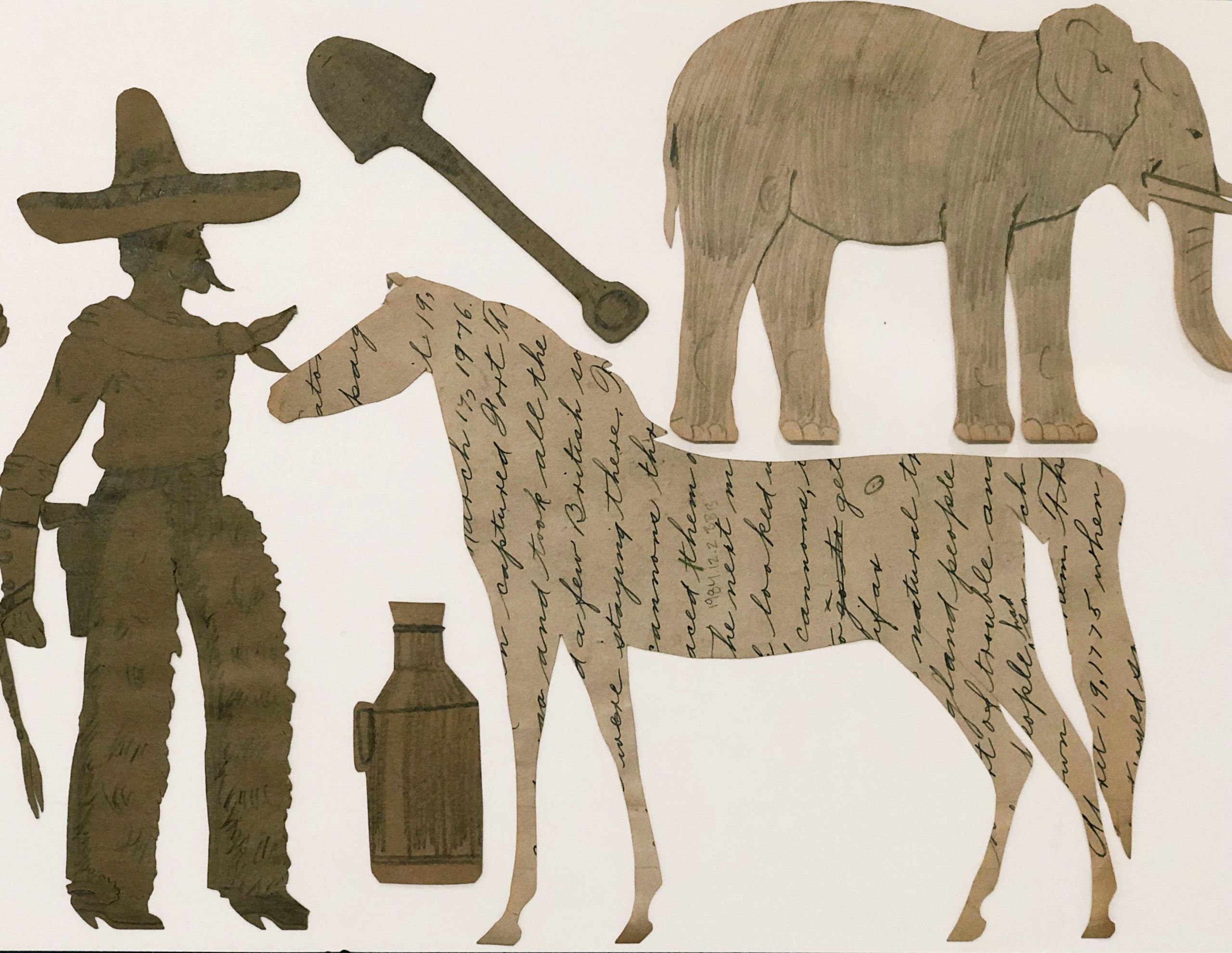
![ACS_0242[98578]](https://heritagemuseumsandgardens.org/wp-content/uploads/2021/08/ACS_024298578-scaled.jpg)
